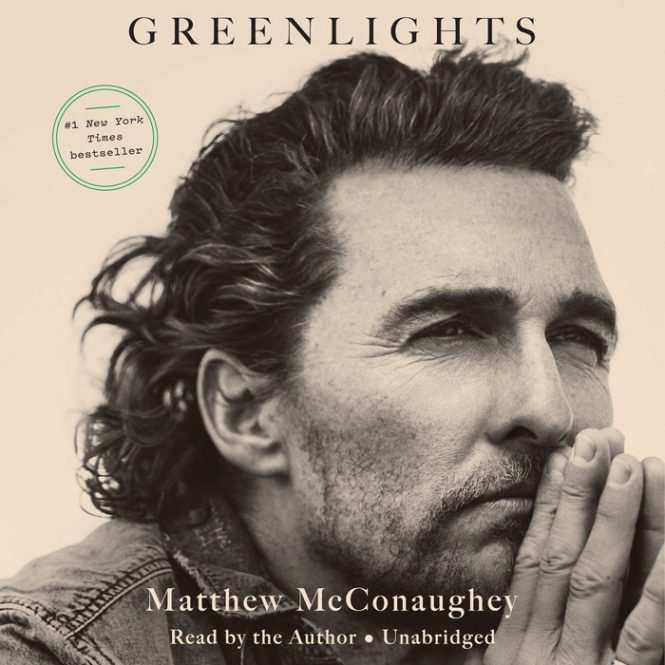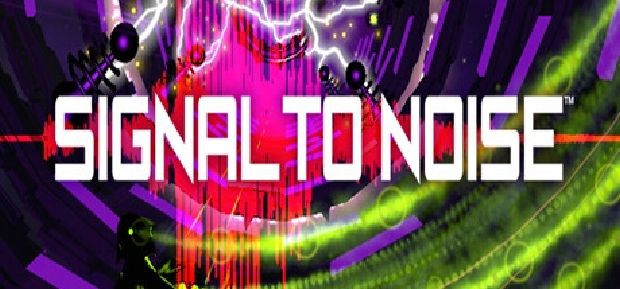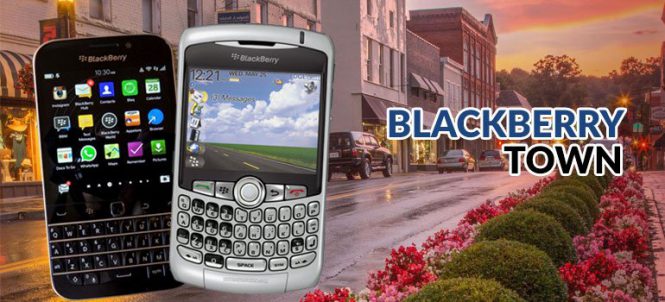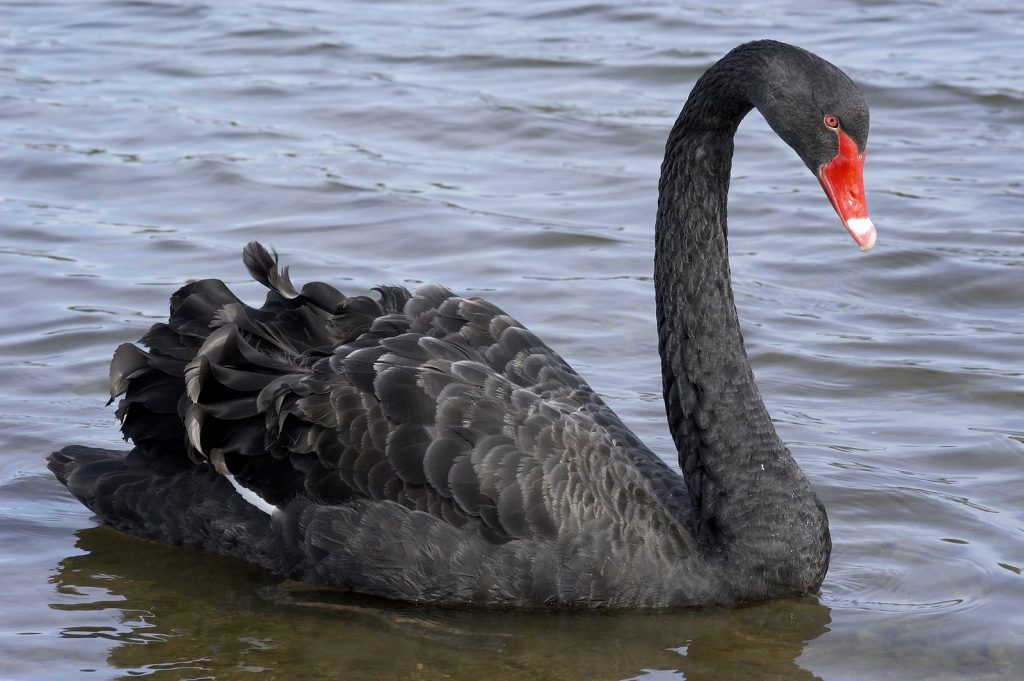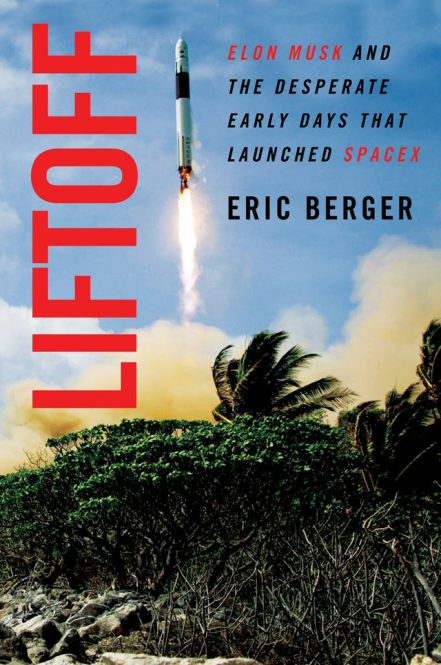
Elon Musk can be a very polarizing figure. There are legions of fanboys online on various platforms who obsessively follow him and his companies ; Tesla, SpaceX, SolarCity, Boring Company, OpenAI, Neuralink. Then there are the haters, of which there are also legions, who find his brash style arrogant and some claim he is a snake oil salesman. His tweets can, and have, moved markets (stock, crypto etc), more than once.
It is hard to argue with success though, and by all measures, SpaceX is successful. In April of this year SpaceX raise $1.16B of equity funding at a valuation of $74 Billion ! Since its founding in 2002, it has had a series of astonishing accomplishments; the Falcon 9 and Falcon Heavy launch vehicles, several rocket engines, Dragon cargo, crew spacecraft and the Starlink LEO satellite constellation. Along the way it has “democratized space” by dramatically lowering space transportation costs not just for governments and militaries but for a burgeoning commercial sector. We would not have a NewSpace renaissance without SpaceX.
That is why this book by Eric Berger is so important. It chronicles the early days and history of the company and the people who built it. It goes through the trials and tribulations and the many, many obstacles that were overcome and how perilously close they came to going bankrupt and failing. It is also an incredible story, reading more like a novel at times, a page turner, than a non-fiction business book.
Many aspects attracted me to this book and it making my birthday wish list last month. As a kid growing up I was a science fiction and space nerd too, just like the billionaires Musk and Bezos who are now racing to space. I was 9 years old when I watched the Apollo 11 moon landing on our old black and white TV. Through my early teens I used to tinker considerably, taking apart old TV’s and radios and building my own electronics. Becoming an engineer and then eventually starting my own companies was my path and is a huge part of my identity. This story resonated deeply.
It covers Elon’s recruitment of key talent like Hans Koeniggsmann, Tom Mueller, Gwynne Shotwell and many more. The company’s growth and evolution from Hawthorne CA to McGregor, TX and from Vandenburg AFB to Omelek, an island in the Kwajalein Atoll in the middle of the Pacific ocean. Elon had funded SpaceX with half the proceeds from the sale of PayPal (the other half funded Tesla). No half measures, no retirement plan, no safety cushion.
Some key things stood out for me. No one thought SpaceX would succeed in the beginning other than the team themselves. The competition was huge heritage aerospace companies like Lockheed Martin and Boeing that were defence contractors with tens of thousands of employees, billions of dollars in revenue and inside political contacts in the US government, NASA and the Pentagon. Every other challenger that had tried to build a low cost rocket prior to SpaceX had gone bankrupt. It reminded me of trying to compete against Big Telco with their huge resources and lobbying capability.
SpaceX brought a new process to the game from Silicon Valley. Agile methodology calls for an iterative approach to design; constant prototyping, testing, analyzing and refining the product or process. It takes a willingness to embrace failure, and especially hard is to be able to embrace failure in public, something that was anathema to the space industry. Living in Waterloo, a high tech town, this approach is quite familiar to me. It is frustrating to watch Big Telco still struggling with digital transformation, the legacy companies fighting against modern methods.
The drama escalated in 2008, when after three unsuccessful attempts to to launch the Falcon 1 rocket to reach orbit, came the “fly or die” moment. It was middle of the global financial crisis, there was no VC or PE money to be had and Tesla, SolarCity and SpaceX were all burning cash and out of funds. Elon Musk was in the middle of his divorce and personally out of funds, he had sunk everything into his ventures. He had budgeted for only three rocket launches and had seen them all fail. “I thought that if we couldn’t get this thing to orbit in three failures, we deserved to die,” Musk said.
Man, can I relate to that.
That is what the haters will never understand. The true skin-in-the-game moments of an entrepreneur like Musk where he risks it all, trusting his own judgement and self-belief.
The scramble to prepare a fourth flight in six weeks, including an incredible C-17 Globemaster ride to get the rocket to Kwaj was pivotal. The pulling together in the face of impossible odds to success was a key takeaway for me. This is what defined SpaceX and continues to define them. It is the root of their company culture, their DNA, and why I would never bet against them. Those early years and how they overcame so many obstacles to successfully launch a private rocket and also a whole new industry is key to understanding SpaceX , its mission and its belief.
At a recent LEO satellite digital forum in April of this year, Gwynne Shotwell was quoted as saying “I just always smile when people make projections about what can and can’t be done with technology,” she said. “I don’t think we have any idea how technology can evolve.”
I highly recommend this book. And I look forward to watching Elon Musk and SpaceX making humanity an interplanetary species and reaching Mars with Starship. I certainly wouldn’t bet against them.
